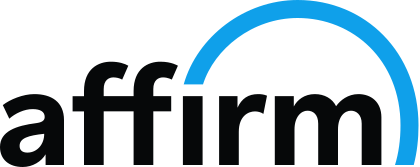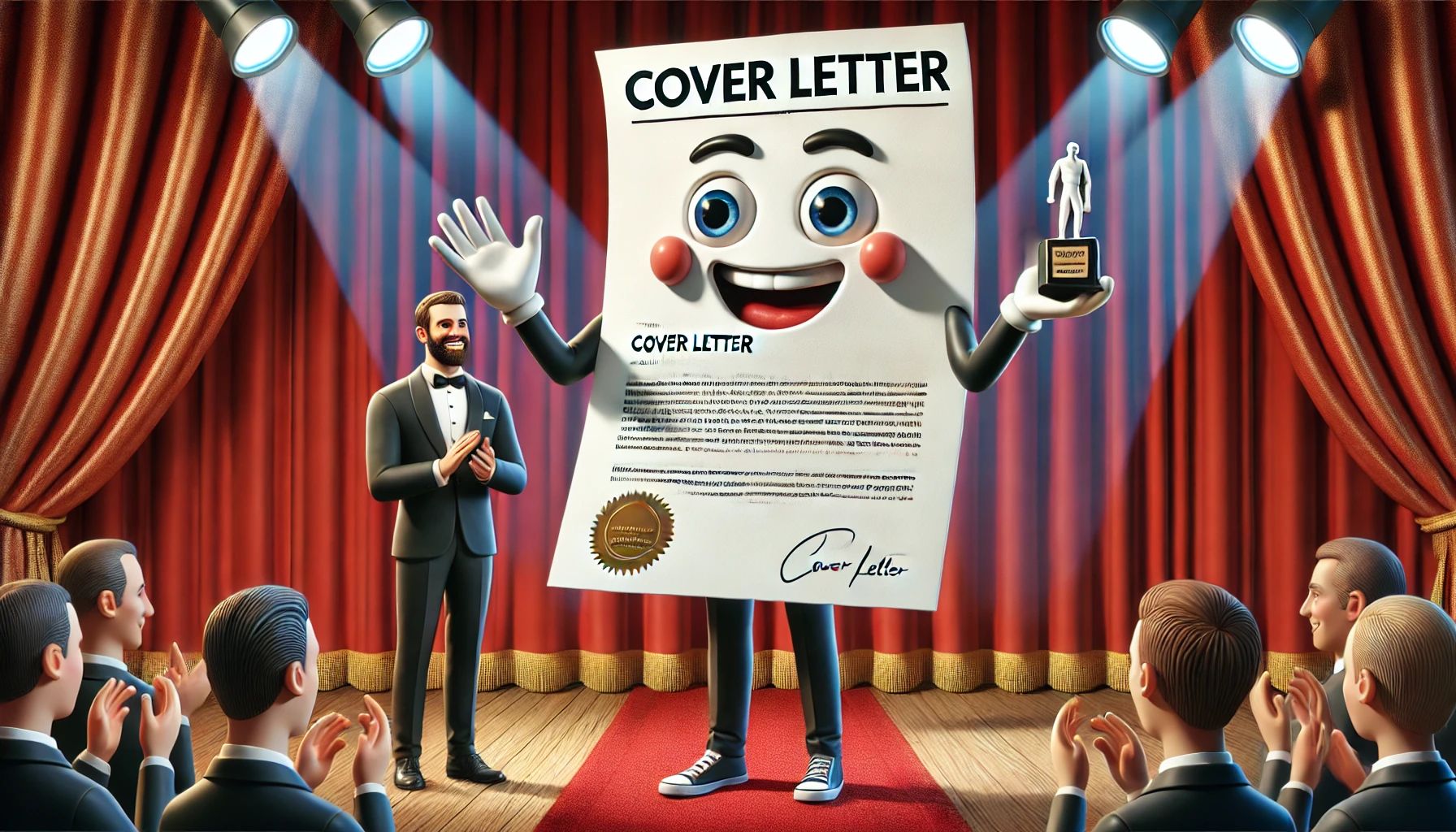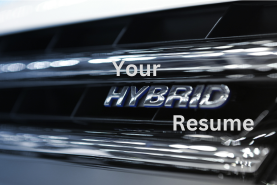
Remember that an effective resume is a targeted resume. So since you are not just looking to document a bunch of facts, there is going to be some information that is a higher priority than others when it comes to inclusion in the resume. In most situations, the information that is least flexible lies in the job descriptions themselves. After all, you did what you did there, right? You will still need to consider what information will go in and what may have to come out. We consider this the skeleton upon which the rest of the resume will be built. For now, lay the information out as best you can in relation to the target. You can always go back and edit accordingly based upon the amount of room in the document and your perception of how information blends.
Lay out the other aspects of your background, including your education, and other skills. It is okay if you are not sure exactly what will be included. If this is the case, and it is better to include everything and then trim the document later. Remember, unless this is a special circumstance, we are looking to keep our resume at two pages or less. But the idea is to get the nuts and bolts down before you begin molding at based upon the target.
At this point, all of the raw material should be in the resume. It is at this point that you work on your executive summary profile section. This is the section that will tell you are either exactly how they should perceive your information. Think of it as a jacket cover introduction to a book. It’s frames the conversation for the reader. While you want a well-developed profile section, you do not want to overdo it. After all, this is supposed to be more of a synopsis. The Reader really wants to get into the meat of the resume, but they will stop here first based upon the profile’s location on the page. If structured correctly, it will be easily digestible visually and set the tone for how they absorb the rest of your resume.
You may end up with a resume exceeding two pages because you did not know what to remove. Now that you have properly researched the target and develop your profile section accordingly, it will be a little more obvious to you the information within the body that should either be truncated or removed. Of course, it goes without saying that proper resume phrasing will help you optimize the space used (we call it the “telegraphic” writing style). But if you have done the job with your phrasing and still exceeding the second page, then look for relatively low priority content to trim. It’s there … trust me.
For more tips on writing resume, be sure to click here.













